Influencer Marketing: The Next Big Thing
by Lena Schulz
What Does Influencer Marketing Mean?
Let’s break it down. First and foremost the average person doesn’t quite have an accurate grasp on what influencer marketing actually means. Any layperson’s first instinct might be to assume that the label is reserved for models on Instagram pushing lifestyle products. However, the concept is about as old as marketing gets, predating Instagram by about 300 years. It is defined as a form of marketing that involves endorsements from people and organizations, usually possessing a high level of knowledge or social influence in their respective fields. At its core, anyone who has cultivated an audience that is relevant to your business could be an influencer for you. Be it a celebrity, a thought leader on Twitter, a journalist, a podcast or even on a smaller scale, micro audiences stemming from organic user-generated content. Even link building can act as PR and is also a part of influencer marketing. Influencers can be anyone, anywhere. Within any industry, there are influential people: it’s up to you to find them.
How Can I Make It Work for Me?
With each field best practices differ so it can be hard to generalize which channels are most effective to push messages through. Michelle recommends for most starting with building up representation on social platforms and then branching out to blogs and long-form content when applicable. As an example, a haircare brand looking to boost shampoo sales would want to pair with people representing their target demographic on Instagram, for example. This is a perfect outlet for a brand wanting to showcase how its users look and feel. With this specific brand, unusual scientific terms and differences in the product required some customer education, which is where blogs and educational articles came into play.
For Influencers
From the influencer side, Michelle says there is still a need for maturity and professionalism that still isn’t quite present in the influencer space. As this channel of marketing matures, influencers need to understand they can no longer craft their rate sheet based solely on how big their audience is and how engaged the followers are. That criteria is the qualifier that brands use to prioritize their choice of influencers. Expect for brands to ask for specific deliverables as part of their contract negotiations.
Influencer deliverables
- How many posts are made
- What kind of posts
- Level of engagement with brand posts
- How often the brand is mentioned
- Use of hashtags and appropriate tagging
- Ability to report measurable data back to the business
For Brands
Don’t get caught up on attempting to look at Cost Per Acquisition (CPA) when it comes to working with influencers, mainly because its difficult to put a direct price point on posts. Overall, social media is very top-of-the-funnel and its main function is to drive awareness. Especially on Instagram, the average user does not necessarily click and buy anything immediately. Efficacy can best be measured by increased brand awareness and audience acquisition, not simply direct sales. It’s more relevant to focus on how much traffic has been driven to specific landing pages, how many people have filled out a form, how big the email list has grown, and how big the cookie and retargeting pools have gotten as a result of working with an influencer.
Finding the Perfect Fit
The best way to find the right person or group to represent your brand is to full-on scout out potential as if they were a pro athlete. Dive deep, stalk them, and fully assess the pros and cons of partnering with them. Take note on follower genuineness: are the accounts engaging with real accounts or heavily overrun with bots? It’s also a two-way relationship if you get a rejection it doesn’t necessarily mean it wasn’t a good fit, it may have just been bad timing. Even if you find the perfect arrangement, you need to be prepared in advance for the reputation management aspect of the partnership as you have put a part of your brand identity in the hands of someone else. There is always a risk because you and your brand identity will be linked to that person’s decisions, and that can always go one of two ways in the future. It’s also a two-way relationship. If you get a rejection it doesn’t necessarily mean it wasn’t a good fit it may have just been a bad time. In the great search planning is everything. Marketing should begin on day one. Seek out people who align with the identity you want to represent and ask yourself what are your business goals and where are you customers.
If you would like to learn more about how Apogee Results can help you with developing an influencer marketing plan. Request your Influencer Contract Template, fill out the contact form here in the blog post, or get in touch with Michelle Stinson Ross directly via LinkedIn
 Lena Schulz is Apogee’s newest Social Media and PPC Full Time Intern. She graduated from Loyola University Maryland with a degree in International Studies and Marketing. She assists our team by providing clients with community social media management, PPC strategy and content writing. In her free time, she loves to work on graphic design, discover new foods and relax by the nearest body of water.
Lena Schulz is Apogee’s newest Social Media and PPC Full Time Intern. She graduated from Loyola University Maryland with a degree in International Studies and Marketing. She assists our team by providing clients with community social media management, PPC strategy and content writing. In her free time, she loves to work on graphic design, discover new foods and relax by the nearest body of water.
To get updated information about the team at Apogee Results, please follow us on your favorite social media channels.



